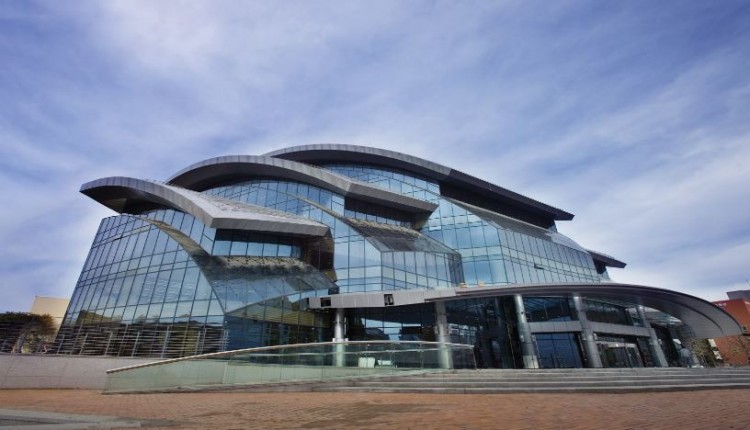Scholars Push UNESCO Listing of Sungkyunkwan and Munmyo

On Wednesday, the Seoul city government calls to list one of South Korea's oldest historical educational institutions to be listed as a UNESCO world cultural heritage site.
The Korea Herald reported that Chang Jae Cheon, a professor at Yongin University, said that Sungkyunkwan, the number one institution during the Joseon era, has been maintaining the ritual called "Seokjeon" alive at the Confucian shrine Munmyo on the grounds of Sungkyunkwan University in Seoul.
Chang said, Sungkyunkwan and Munmyo, with more than a thousand years of history, should be added to the world heritage list and protected accordingly."
Some scholars believe that the historic institution dates back to before the Joseon era, however, it is widely conceived to have been established at its present location in 1398.
Such remarks are part of a discussion paper that would be presented during a symposium this week. The symposium is organized by the Seoul Metropolitan Government and focuses on establishing academic grounds for the UNESCO listing.
The government of Seoul first announced in 2014 its aim to add Sungkyunkwan and Munmyo to the world cultural heritage site list, together with the other Confucian shrines in Vietnam and China. Jo Sang Sun of the National Research Institute of Cultural Heritage mentioned that the Confucian shrines in South Korea, Vietnam, and China have high architectural value.
Jo stated, "The buildings embody natural changes that came as time went by. It is necessary to establish a reasonable management plan to protect them."
Other related details of the scholars' discussion paper will be presented at the academic forum to be held at the Korea Press Foundation.
An official of the Seoul city government said, "With the symposium as the beginning, we will accelerate our plan to add Sungkyunkwan and Munmyo on the cultural heritage list. We will also discuss the plan with China and Vietnam along the way.



